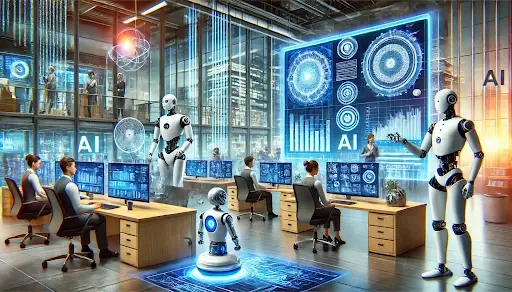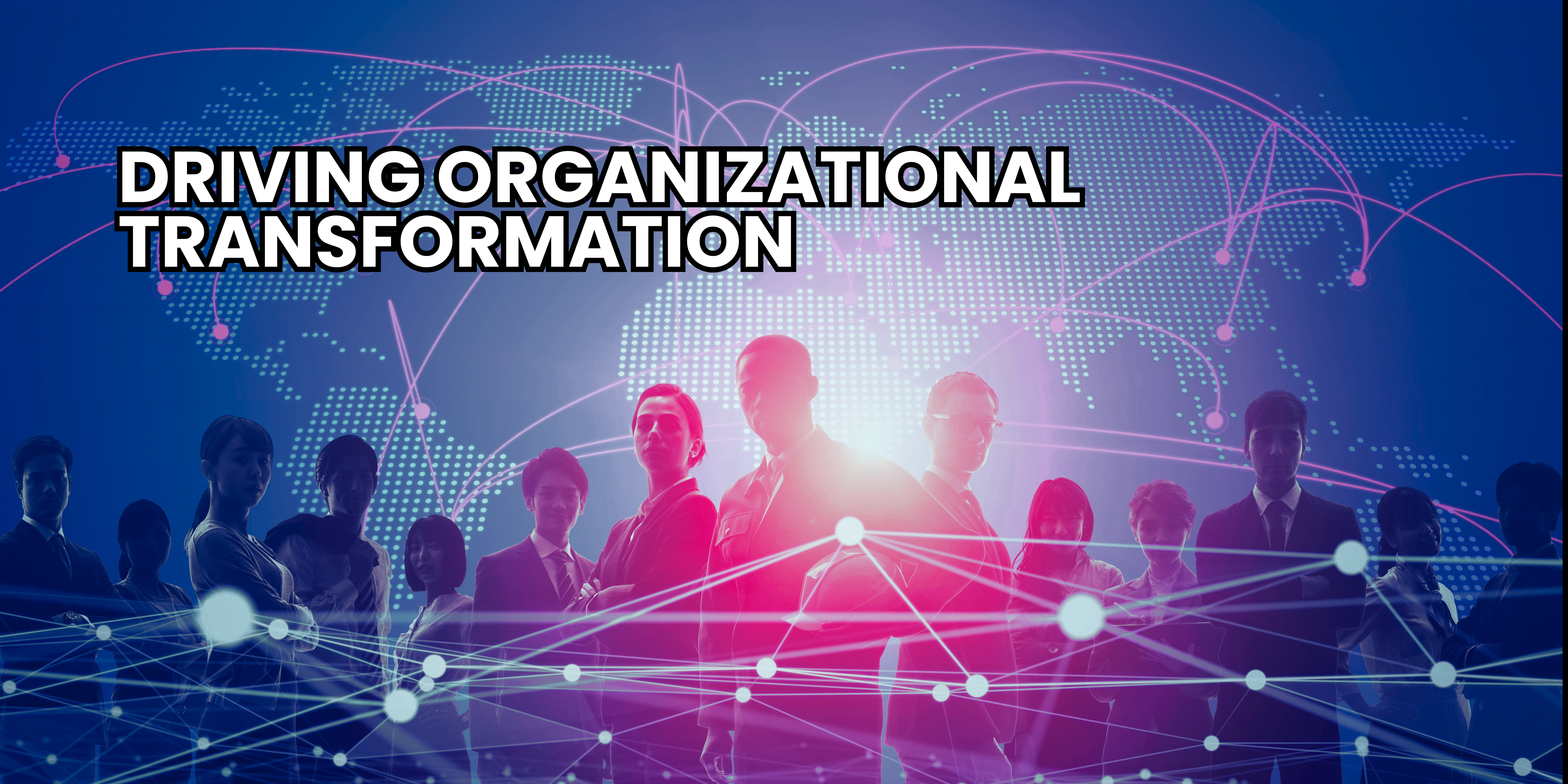AI Blueprint for MA: Call #6 Summary and Mission Overview
The AI Blueprint for Massachusetts is a new initiative. It’s made for fostering and expanding AI talent within the state. This mission is crucial in...
 A growing body of studies say that the move from pilot projects to scaled adoption of generative AI is terrible: % to 5%. Yet we believe McKinsey, MIT, and others have missed a crucial dynamic: GenAI adoption is not a uniform market, but a bimodal one. Firms that have deliberately invested in building AI/GenAI literacy and climbing the capability ladder are achieving dramatically greater success than those still dabbling at the exploratory stage. The difference is striking—leaders who build organizational readiness consistently outperform their peers. At our conference, you’ll meet these leaders, learn directly from their journeys, and see how “leaders learn from leaders” in practice.
A growing body of studies say that the move from pilot projects to scaled adoption of generative AI is terrible: % to 5%. Yet we believe McKinsey, MIT, and others have missed a crucial dynamic: GenAI adoption is not a uniform market, but a bimodal one. Firms that have deliberately invested in building AI/GenAI literacy and climbing the capability ladder are achieving dramatically greater success than those still dabbling at the exploratory stage. The difference is striking—leaders who build organizational readiness consistently outperform their peers. At our conference, you’ll meet these leaders, learn directly from their journeys, and see how “leaders learn from leaders” in practice.
Consider Liberty Mutual's transformation. When Microsoft opened enterprise LLM access, most companies rushed to procurement committees. Monica Caldas, CIO of Liberty Mutual, took a different path. Their existing infrastructure enabled LibertyGPT deployment across 10,000+ employees in fourteen days. Claims now process 40% faster, not because they bought superior tools, but because they had cultivated organizational capability to deploy AI responsibly and rapidly.
This illuminates what I call the capability imperative: competitive advantage no longer flows from owning superior technology, it emerges from building superior organizational muscle to deploy, govern, and evolve with intelligent systems.
I have long argued that business revolutions aren't triggered by tools alone, but by how leaders use them to create unreasonable advantage. The steam engine shrank distance. The internet collapsed geography. Now generative AI is collapsing time itself, redistributing organizational power in ways most leaders haven't grasped.
This temporal reality is AI Time: decisions once made over weeks must now happen in hours. The question isn't whether AI can deliver, but whether leaders can build capability to operate at this accelerated pace.
The essence of my Forbes research: "You can buy AI, but you can't fake capability." Tools can be acquired overnight. But transformation, the kind that weaves capability across culture, systems, and skills, requires deliberate organizational orchestration.
At GAI World 2025, Monica Caldas will deconstruct exactly how organizations pivot from purchase to muscle, revealing the infrastructure decisions that create competitive advantage in AI Time.
Dr. John Halamka, President of Mayo Clinic Platform, operates where "AI Time" isn't metaphor, it's life-or-death reality. Mayo's "think big, start small, move fast" philosophy guided their ambient listening deployment: AI systems capturing patient-doctor conversations and generating clinical documentation automatically. The breakthrough isn't technological, it's organizational capability for AI-human collaboration at scale.
Mayo's Nvidia partnership deployed DGX SuperPOD infrastructure supporting digital pathology foundation models, reducing analysis from weeks to days. This represents new organizational capability for medical knowledge creation.
Mayo now supports 250 predictive algorithms and eight foundation models in production, serving four billion people by 2030. This isn't technology scaling, it's organizational capability scaling in AI Time.
"We've deployed 250 AI algorithms in production because we learned to operate in AI Time. Every industry can do the same, if they know how." , Dr. John Halamka
Companies operating in AI Time achieve 15x faster time-to-market and 3x revenue growth compared to traditional cycles.
Here's the organizational insight most miss: 35% of employees pay out-of-pocket for AI tools to accelerate WINS work, 32% in financial services, 23% in healthcare. These aren't rebels, they're employees seeking productivity where organizations haven't built AI capability.
The hidden cost: enterprises moving slowly on AI face 23% revenue decline within 24 months as competitors capture market share through superior WINS optimization.
Jean Olive, CIO at John Hancock, will demonstrate how America's oldest financial institutions applied WINS framework at organizational scale, converting shadow AI into strategic advantage.
"We went from 35% rogue AI usage to 95% governed platform adoption. Productivity gains were immediate and measurable." , Jean Olive
Technology can be reverse-engineered. Patents expire. What cannot be copied is organizational trust.
Ulrike Hoffmann-Burchardi, CIO Global Head of Equities at UBS, demonstrates how financial institutions cultivate trust ecosystems across stakeholders. In trading, milliseconds drive profits, but trust drives willingness to share and build future markets collaboratively.
Edelman Trust Barometer reveals: while 70% say leaders mislead, 80% want business leaders engaging societal challenges. Trust in "my employer" remains highest at 76%.
The strategic implication: the moat is no longer proprietary technology, it's the community of organizational trust you build around it.
"While competitors fight marginal improvements, we're building trusted infrastructure
defining next-generation financial markets." ,- Ulrike Hoffmann-Burchardi
At GAI World 2025 in Boston, leaders demonstrate:
Boston during AI Week concentrates $2.3B in regional AI funding, MIT/Harvard research, 250+ Fortune 500 executives, and regulatory leaders shaping policy frameworks.
Generative AI is rewriting competitive reality in real time. The leaders at GAI World 2025 aren't offering theory, they're sharing organizational playbooks they're executing, capabilities they're building, advantages they're creating through systematic development.
The question isn't whether AI will transform your industry, that debate ended.
Companies mastering AI capability achieve 15x faster time-to-market. The window for competitive advantage is narrowing.

The AI Blueprint for Massachusetts is a new initiative. It’s made for fostering and expanding AI talent within the state. This mission is crucial in...

As a leader at the helm of your organization, adopting Generative AI and large language models (LLMs) can feel like an innovative leap forward. From...

In the race to adopt generative AI, most organizations are still feeling their way forward. What separates the leaders from the rest isn’t access to...
Trusted by companies and vendors around the globe - we help you cut through the noise and stay informed so you can unlock the transformative power of GenAI .
Join us at this year's Generative AI World! Hear from enterprise AI leaders who are achieving meaningful ROI with their GenAI initiatives and connect in-person with the GAI Insights members community including C-suite executives, enterprise AI leaders, investors, and startup founders around the world